Types of Veggies
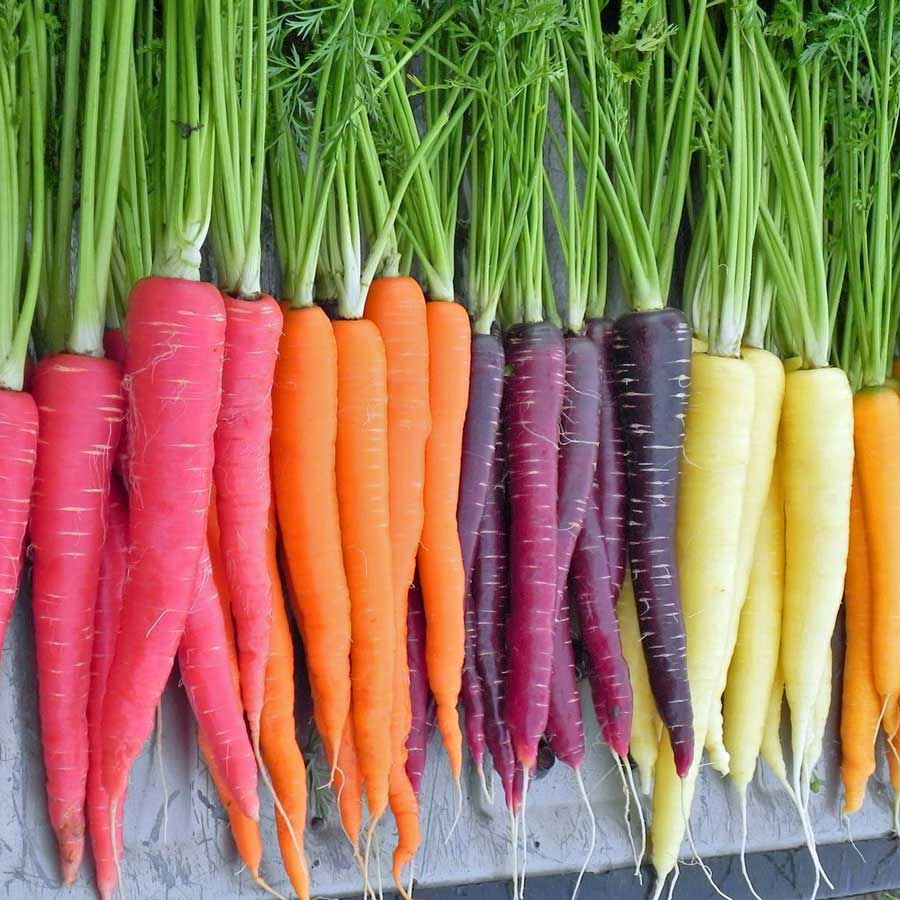
Carrots
Daucus Carota
Growing
Requires loose sandy soil; quite resistant to pests and diseases, and good late season crop that can tolerate frost. Carrots are rich in sugar, and are a great source of vitamins and carotene. They range in color from purple to white. Take about 4 months to mature.
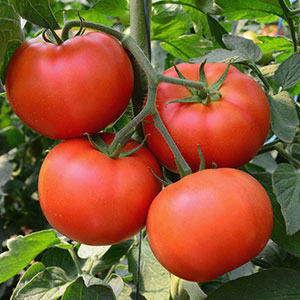
Tomato
Solanum lycopersicum
Growing
Summer plant. Tomatoes require warmth. It is best if they are planted in a sunny spot that receives 6 to 8 hours of sunlight a day.
Each plant should be placed 2 to 3 feet apart in order to grow and flourish. If you are putting your plant in a container, make sure it is between 18 to 24 inches.
The soil should have a pH balance of between 6.2 and 6.8.
This plant requires approximately one inch of water per week, either by daily watering or rain.
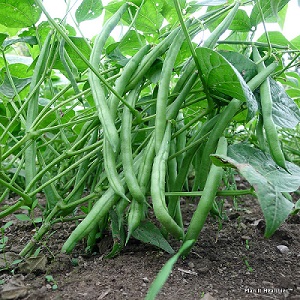
Green Beans
The wild carrot has whitish/ivory colored roots, but the popular orange rooted carrot we are used to is derived from yellow rooted domestic varieties.
The earliest vegetable definitely known to be a carrot dates from the 10th century in Persia and Asia Minor, and would have been quite unlike the orange rooted carrot of today. It is recorded that carrots were originally purple or white with a thin root until a mutant occurred which removed the purple pigmentation resulting in a new race of yellow carrots.
The centre of diversity for the carrot is in central Asia, and the first cultivation of carrot for its storage root is reported to be in the Afghanistan region, approximately 11oo years ago.
Modern carrot breeders have further refined the carrot, improving flavor, sweetness, reducing bitterness and improving texture and color. There have also been significant improvements in disease and pest reduction resulting in ever increasing yields.
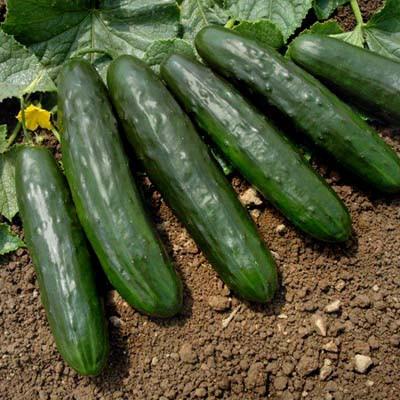
Cucumber
The wild carrot has whitish/ivory colored roots, but the popular orange rooted carrot we are used to is derived from yellow rooted domestic varieties.
The earliest vegetable definitely known to be a carrot dates from the 10th century in Persia and Asia Minor, and would have been quite unlike the orange rooted carrot of today. It is recorded that carrots were originally purple or white with a thin root until a mutant occurred which removed the purple pigmentation resulting in a new race of yellow carrots.
The centre of diversity for the carrot is in central Asia, and the first cultivation of carrot for its storage root is reported to be in the Afghanistan region, approximately 11oo years ago.
Modern carrot breeders have further refined the carrot, improving flavor, sweetness, reducing bitterness and improving texture and color. There have also been significant improvements in disease and pest reduction resulting in ever increasing yields.
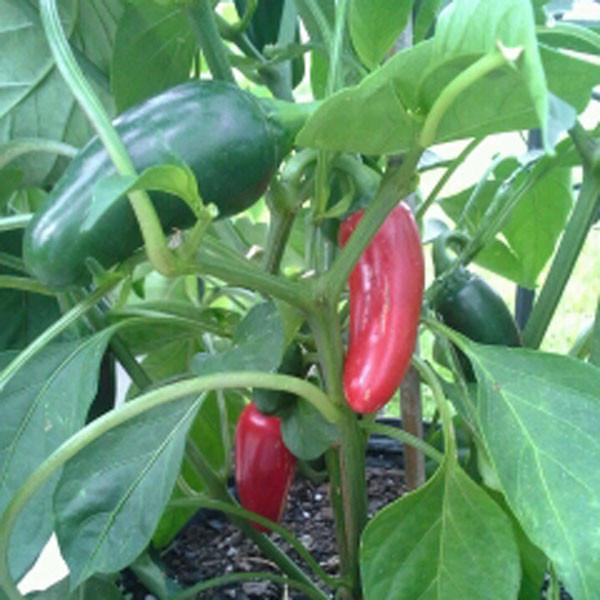
Jalapenos
The wild carrot has whitish/ivory colored roots, but the popular orange rooted carrot we are used to is derived from yellow rooted domestic varieties.
The earliest vegetable definitely known to be a carrot dates from the 10th century in Persia and Asia Minor, and would have been quite unlike the orange rooted carrot of today. It is recorded that carrots were originally purple or white with a thin root until a mutant occurred which removed the purple pigmentation resulting in a new race of yellow carrots.
The centre of diversity for the carrot is in central Asia, and the first cultivation of carrot for its storage root is reported to be in the Afghanistan region, approximately 11oo years ago.
Modern carrot breeders have further refined the carrot, improving flavor, sweetness, reducing bitterness and improving texture and color. There have also been significant improvements in disease and pest reduction resulting in ever increasing yields.
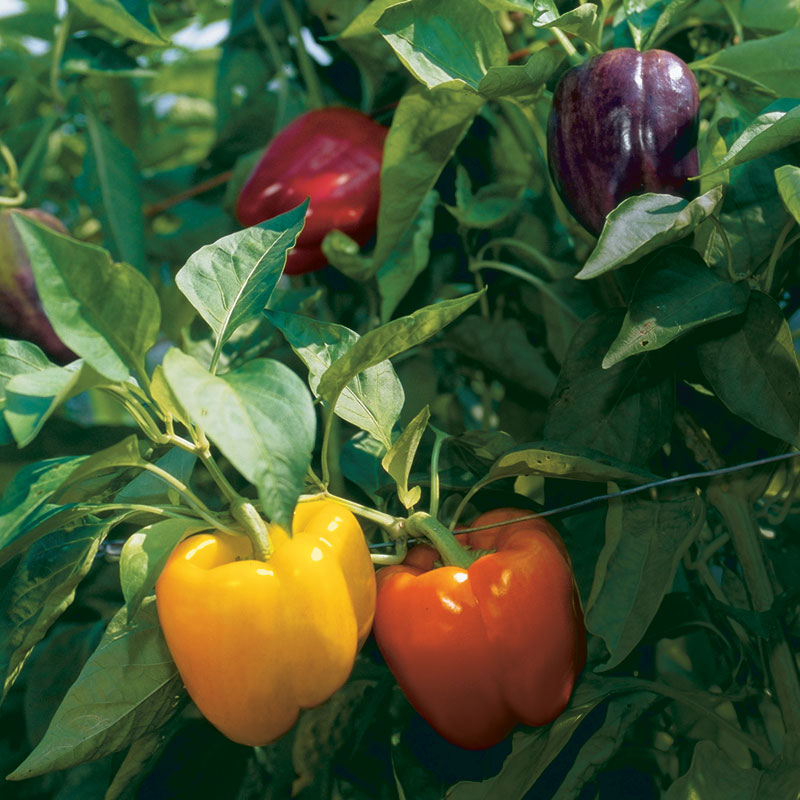
Bell Peppers
The wild carrot has whitish/ivory colored roots, but the popular orange rooted carrot we are used to is derived from yellow rooted domestic varieties.
The earliest vegetable definitely known to be a carrot dates from the 10th century in Persia and Asia Minor, and would have been quite unlike the orange rooted carrot of today. It is recorded that carrots were originally purple or white with a thin root until a mutant occurred which removed the purple pigmentation resulting in a new race of yellow carrots.
The centre of diversity for the carrot is in central Asia, and the first cultivation of carrot for its storage root is reported to be in the Afghanistan region, approximately 11oo years ago.
Modern carrot breeders have further refined the carrot, improving flavor, sweetness, reducing bitterness and improving texture and color. There have also been significant improvements in disease and pest reduction resulting in ever increasing yields.
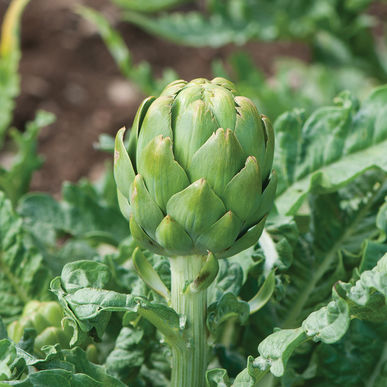
Artichoke
The wild carrot has whitish/ivory colored roots, but the popular orange rooted carrot we are used to is derived from yellow rooted domestic varieties.
The earliest vegetable definitely known to be a carrot dates from the 10th century in Persia and Asia Minor, and would have been quite unlike the orange rooted carrot of today. It is recorded that carrots were originally purple or white with a thin root until a mutant occurred which removed the purple pigmentation resulting in a new race of yellow carrots.
The centre of diversity for the carrot is in central Asia, and the first cultivation of carrot for its storage root is reported to be in the Afghanistan region, approximately 11oo years ago.
Modern carrot breeders have further refined the carrot, improving flavor, sweetness, reducing bitterness and improving texture and color. There have also been significant improvements in disease and pest reduction resulting in ever increasing yields.
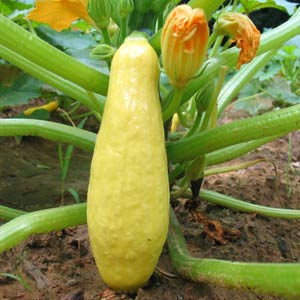
Summer Squash
The wild carrot has whitish/ivory colored roots, but the popular orange rooted carrot we are used to is derived from yellow rooted domestic varieties.
The earliest vegetable definitely known to be a carrot dates from the 10th century in Persia and Asia Minor, and would have been quite unlike the orange rooted carrot of today. It is recorded that carrots were originally purple or white with a thin root until a mutant occurred which removed the purple pigmentation resulting in a new race of yellow carrots.
The centre of diversity for the carrot is in central Asia, and the first cultivation of carrot for its storage root is reported to be in the Afghanistan region, approximately 11oo years ago.
Modern carrot breeders have further refined the carrot, improving flavor, sweetness, reducing bitterness and improving texture and color. There have also been significant improvements in disease and pest reduction resulting in ever increasing yields.
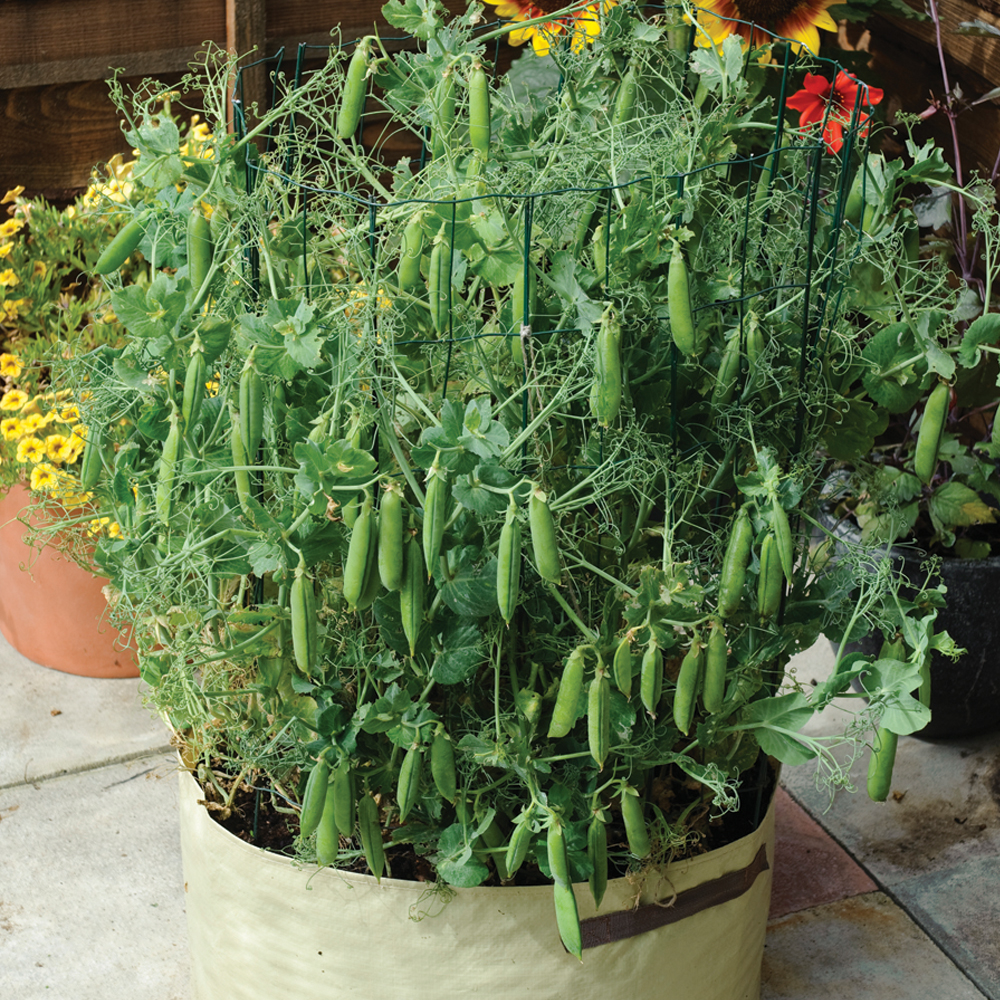
Peas
The wild carrot has whitish/ivory colored roots, but the popular orange rooted carrot we are used to is derived from yellow rooted domestic varieties.
The earliest vegetable definitely known to be a carrot dates from the 10th century in Persia and Asia Minor, and would have been quite unlike the orange rooted carrot of today. It is recorded that carrots were originally purple or white with a thin root until a mutant occurred which removed the purple pigmentation resulting in a new race of yellow carrots.
The centre of diversity for the carrot is in central Asia, and the first cultivation of carrot for its storage root is reported to be in the Afghanistan region, approximately 11oo years ago.
Modern carrot breeders have further refined the carrot, improving flavor, sweetness, reducing bitterness and improving texture and color. There have also been significant improvements in disease and pest reduction resulting in ever increasing yields.
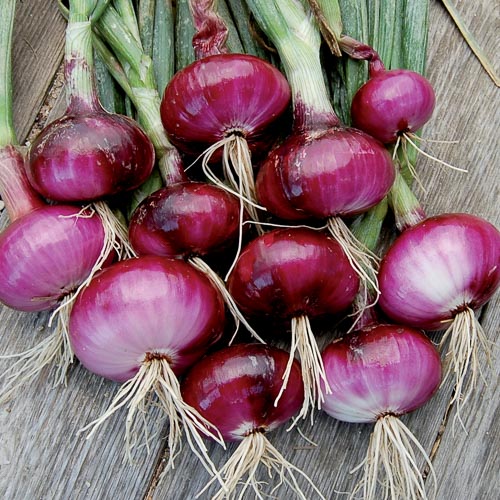
Onions
The wild carrot has whitish/ivory colored roots, but the popular orange rooted carrot we are used to is derived from yellow rooted domestic varieties.
The earliest vegetable definitely known to be a carrot dates from the 10th century in Persia and Asia Minor, and would have been quite unlike the orange rooted carrot of today. It is recorded that carrots were originally purple or white with a thin root until a mutant occurred which removed the purple pigmentation resulting in a new race of yellow carrots.
The centre of diversity for the carrot is in central Asia, and the first cultivation of carrot for its storage root is reported to be in the Afghanistan region, approximately 11oo years ago.
Modern carrot breeders have further refined the carrot, improving flavor, sweetness, reducing bitterness and improving texture and color. There have also been significant improvements in disease and pest reduction resulting in ever increasing yields.
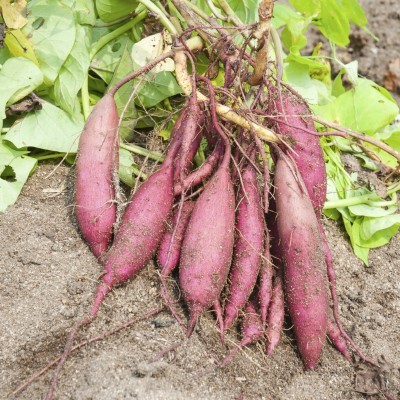
Sweet Potatoes
The wild carrot has whitish/ivory colored roots, but the popular orange rooted carrot we are used to is derived from yellow rooted domestic varieties.
The earliest vegetable definitely known to be a carrot dates from the 10th century in Persia and Asia Minor, and would have been quite unlike the orange rooted carrot of today. It is recorded that carrots were originally purple or white with a thin root until a mutant occurred which removed the purple pigmentation resulting in a new race of yellow carrots.
The centre of diversity for the carrot is in central Asia, and the first cultivation of carrot for its storage root is reported to be in the Afghanistan region, approximately 11oo years ago.
Modern carrot breeders have further refined the carrot, improving flavor, sweetness, reducing bitterness and improving texture and color. There have also been significant improvements in disease and pest reduction resulting in ever increasing yields.
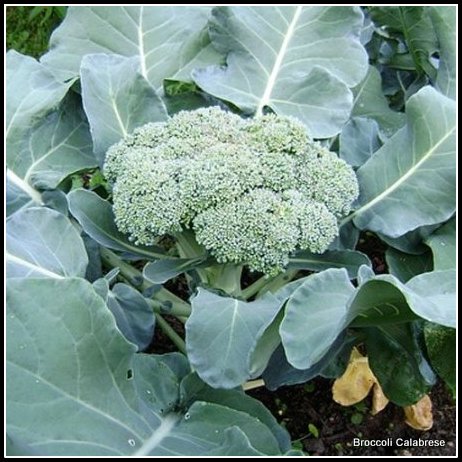
Broccoli
The wild carrot has whitish/ivory colored roots, but the popular orange rooted carrot we are used to is derived from yellow rooted domestic varieties.
The earliest vegetable definitely known to be a carrot dates from the 10th century in Persia and Asia Minor, and would have been quite unlike the orange rooted carrot of today. It is recorded that carrots were originally purple or white with a thin root until a mutant occurred which removed the purple pigmentation resulting in a new race of yellow carrots.
The centre of diversity for the carrot is in central Asia, and the first cultivation of carrot for its storage root is reported to be in the Afghanistan region, approximately 11oo years ago.
Modern carrot breeders have further refined the carrot, improving flavor, sweetness, reducing bitterness and improving texture and color. There have also been significant improvements in disease and pest reduction resulting in ever increasing yields.
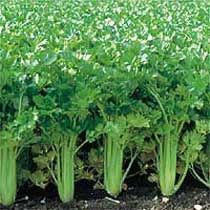
Celery
The wild carrot has whitish/ivory colored roots, but the popular orange rooted carrot we are used to is derived from yellow rooted domestic varieties.
The earliest vegetable definitely known to be a carrot dates from the 10th century in Persia and Asia Minor, and would have been quite unlike the orange rooted carrot of today. It is recorded that carrots were originally purple or white with a thin root until a mutant occurred which removed the purple pigmentation resulting in a new race of yellow carrots.
The centre of diversity for the carrot is in central Asia, and the first cultivation of carrot for its storage root is reported to be in the Afghanistan region, approximately 11oo years ago.
Modern carrot breeders have further refined the carrot, improving flavor, sweetness, reducing bitterness and improving texture and color. There have also been significant improvements in disease and pest reduction resulting in ever increasing yields.
